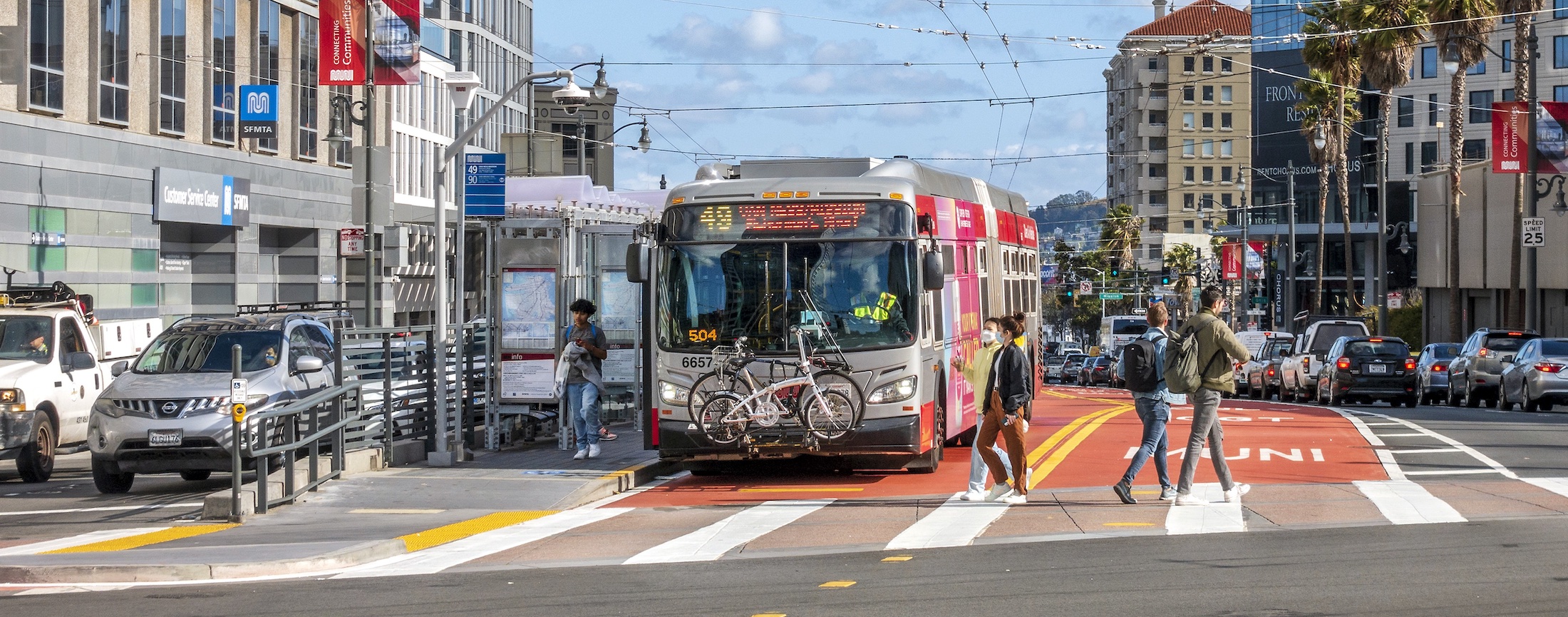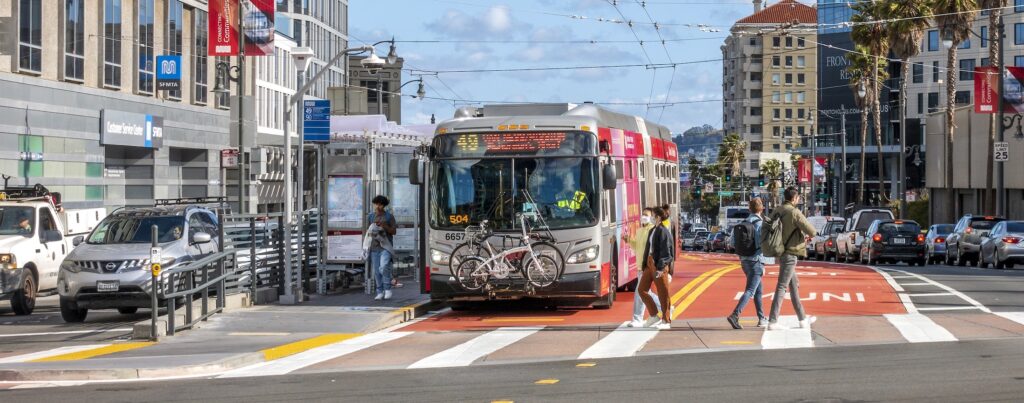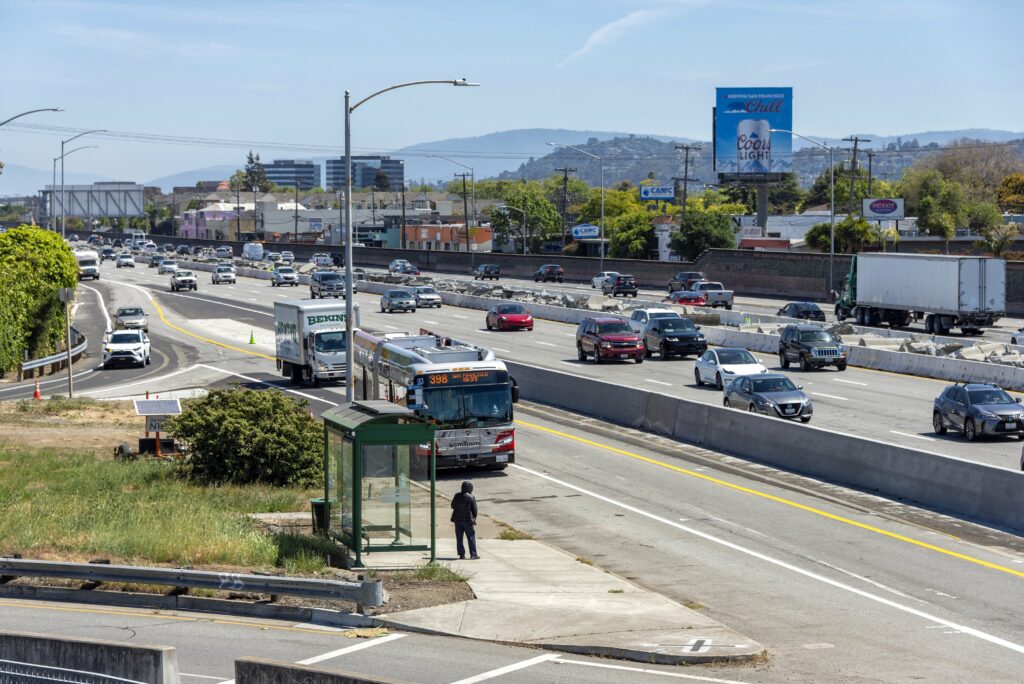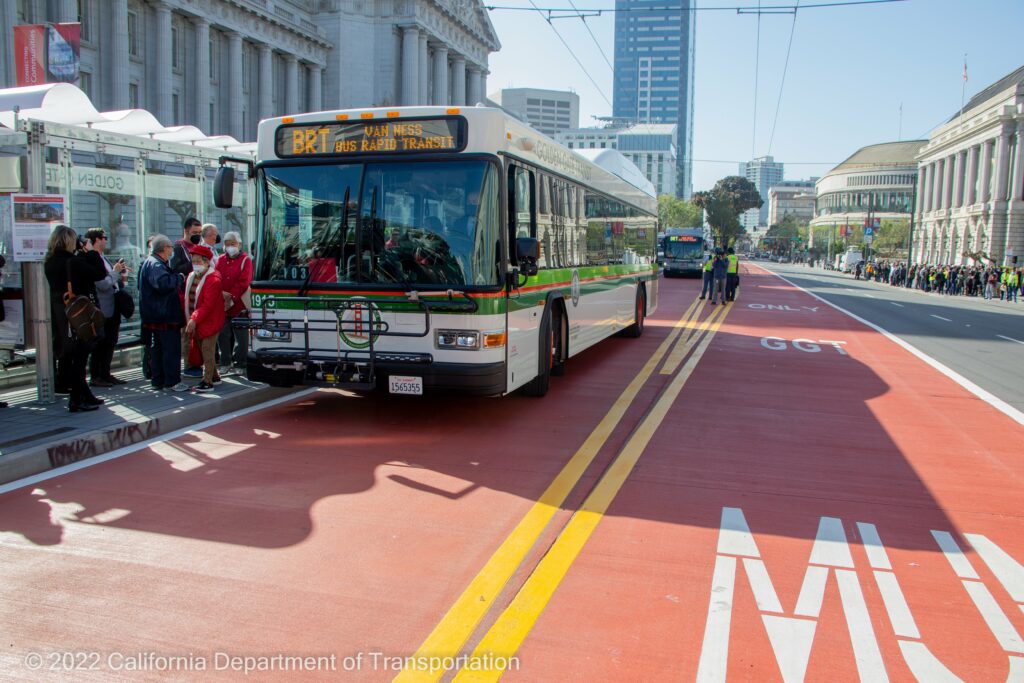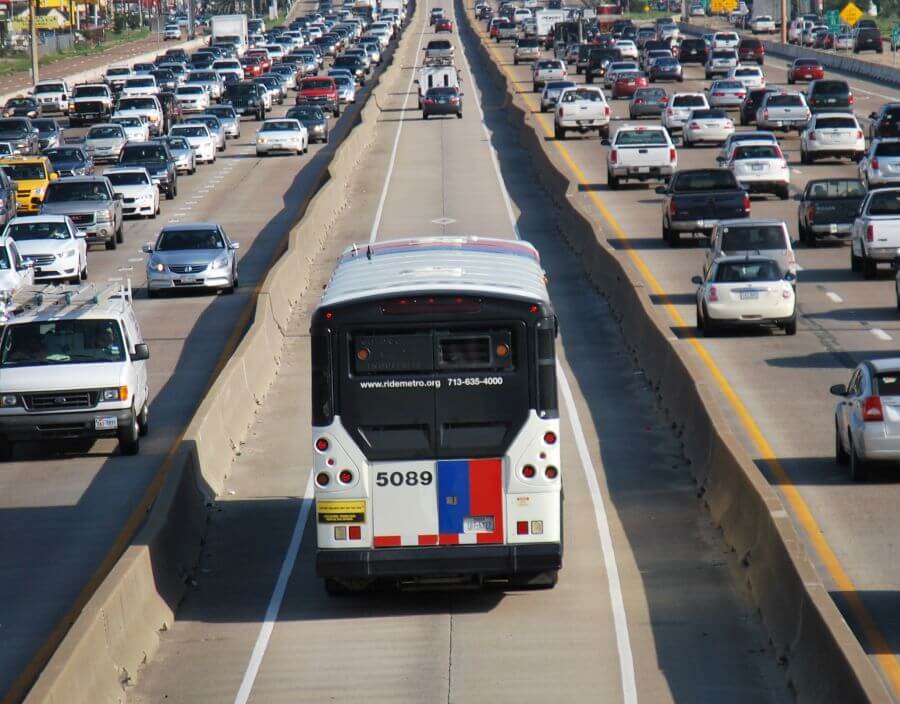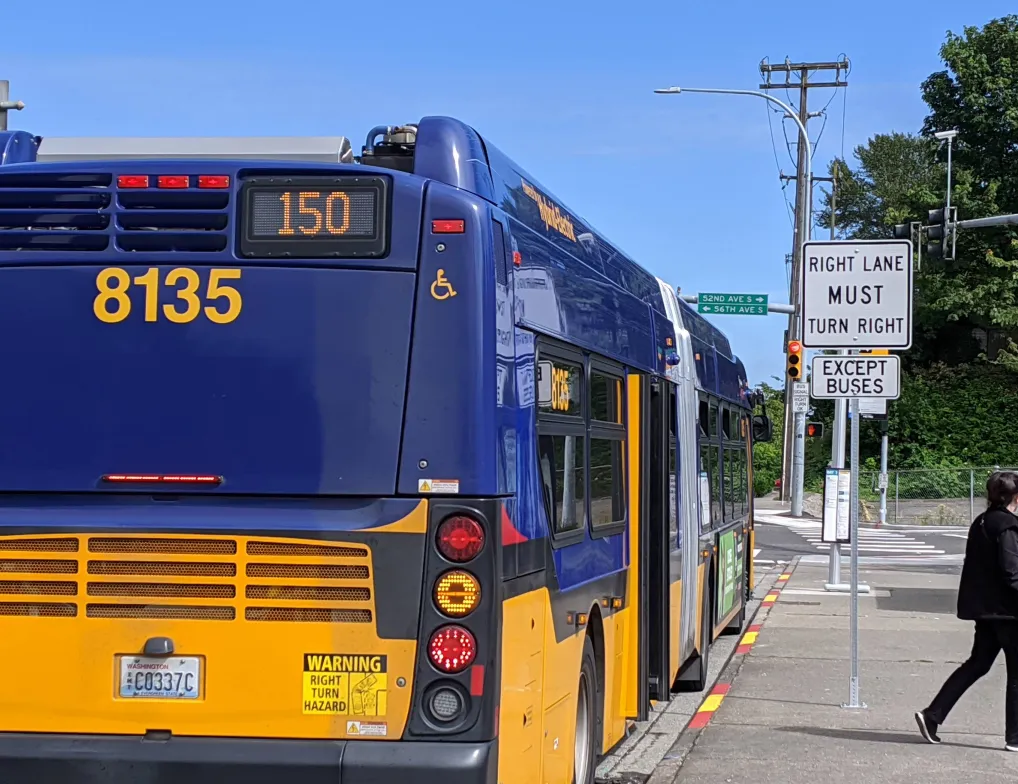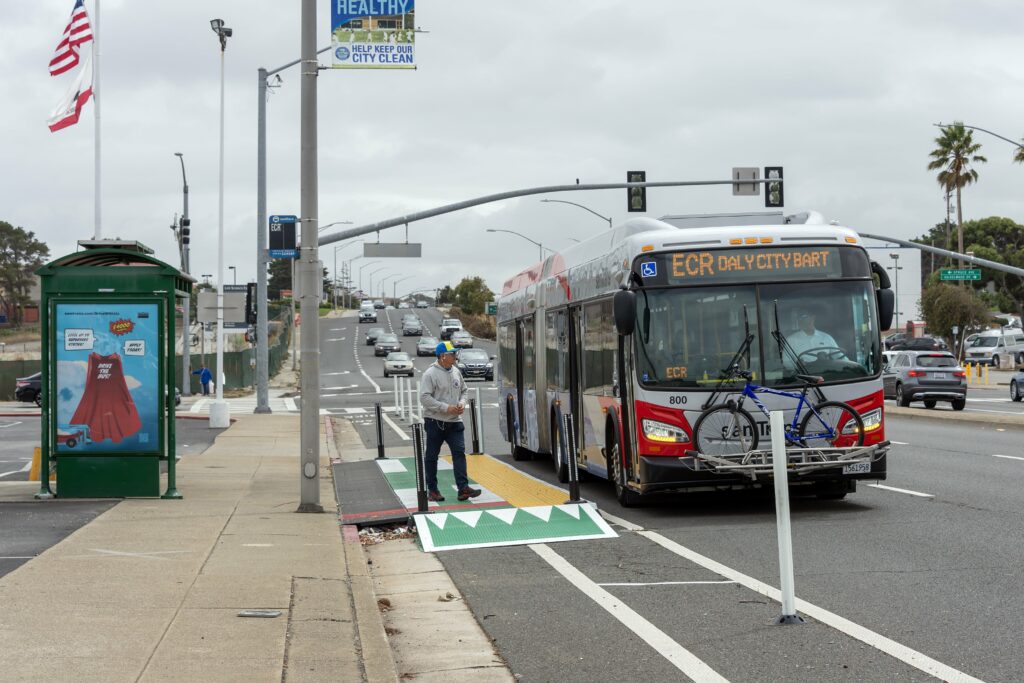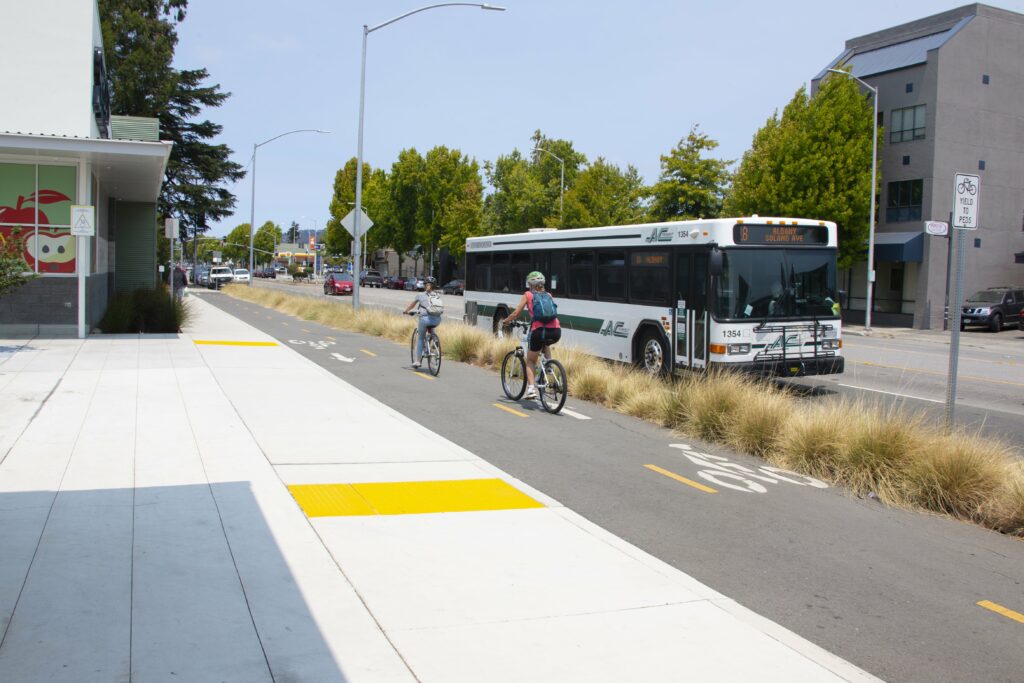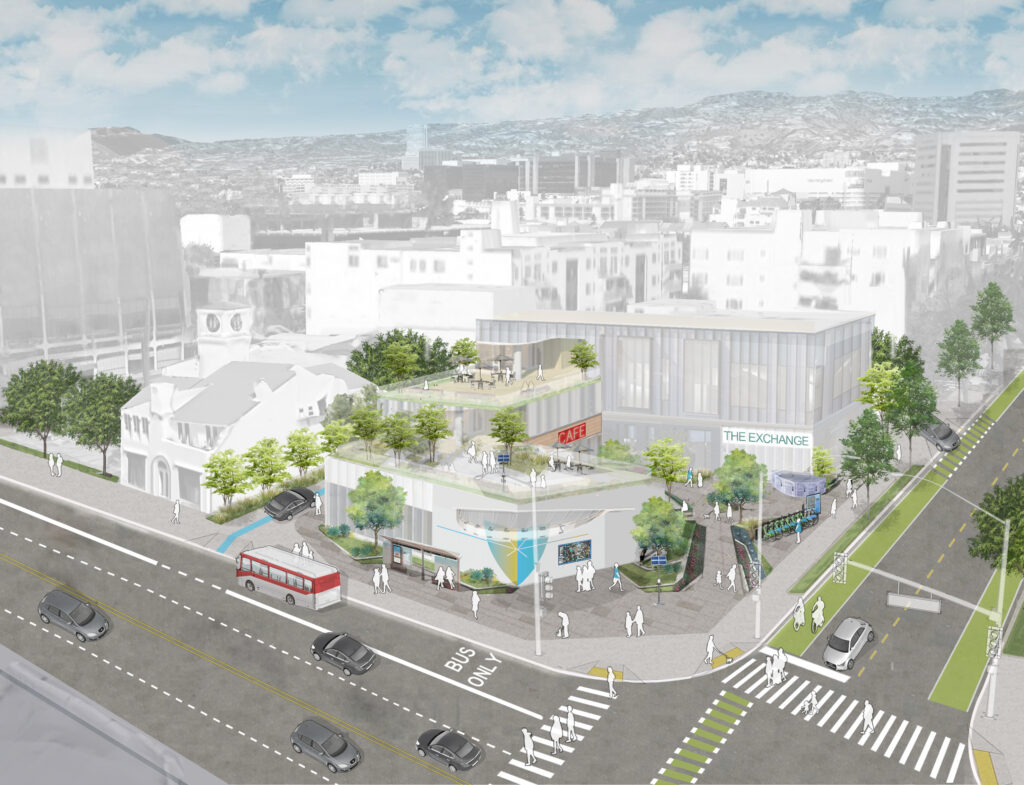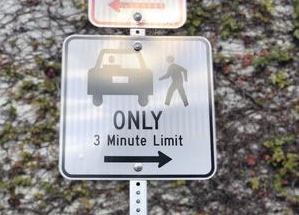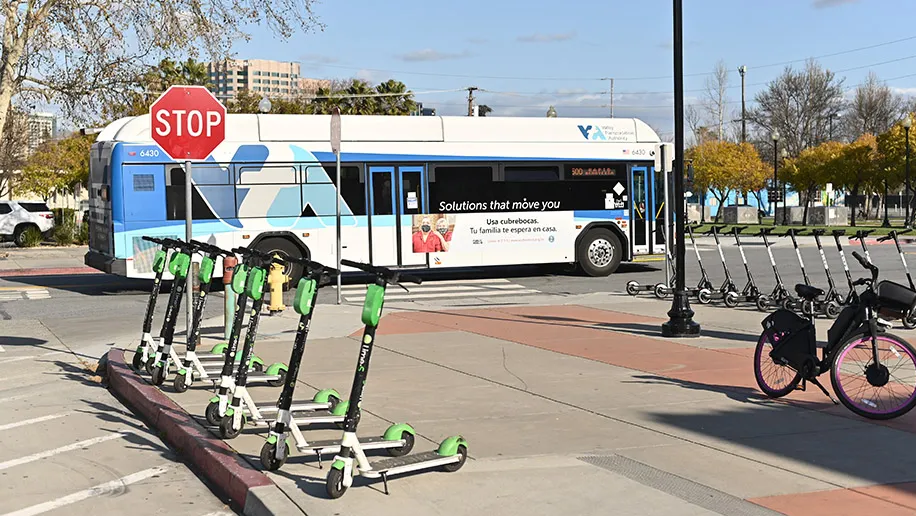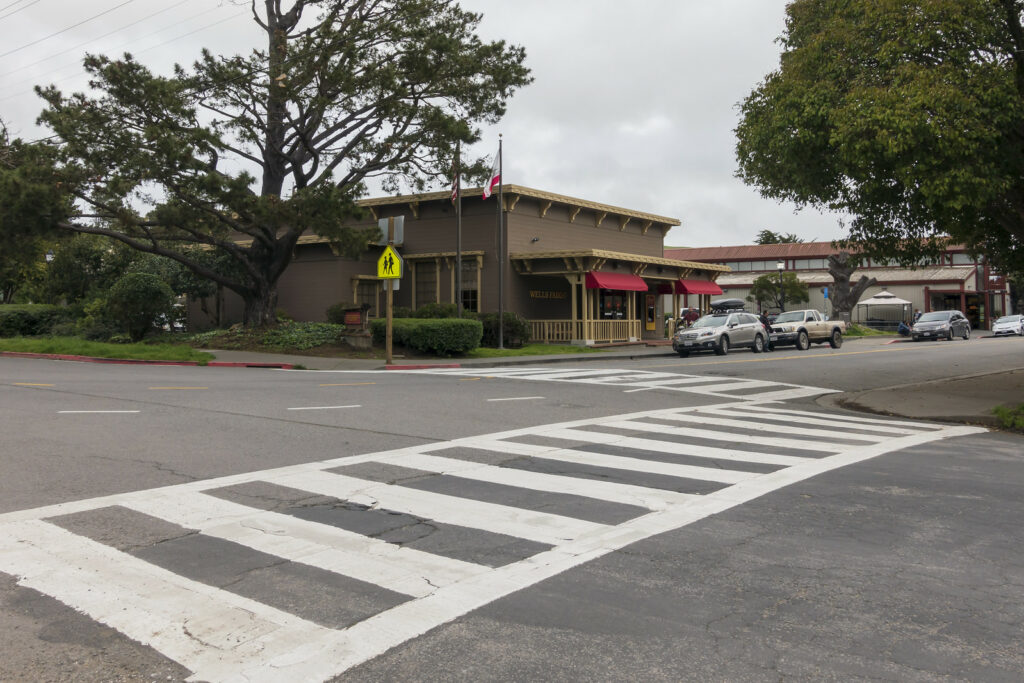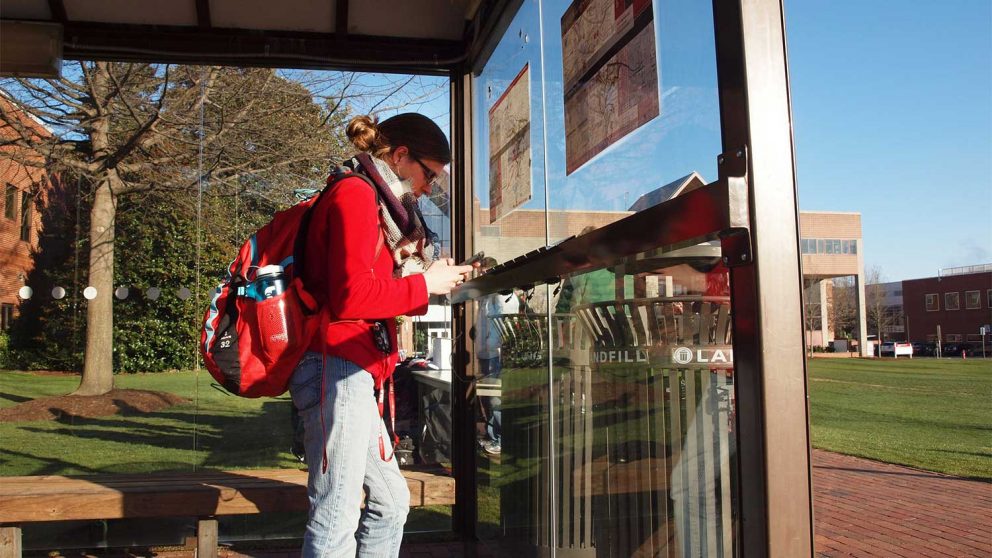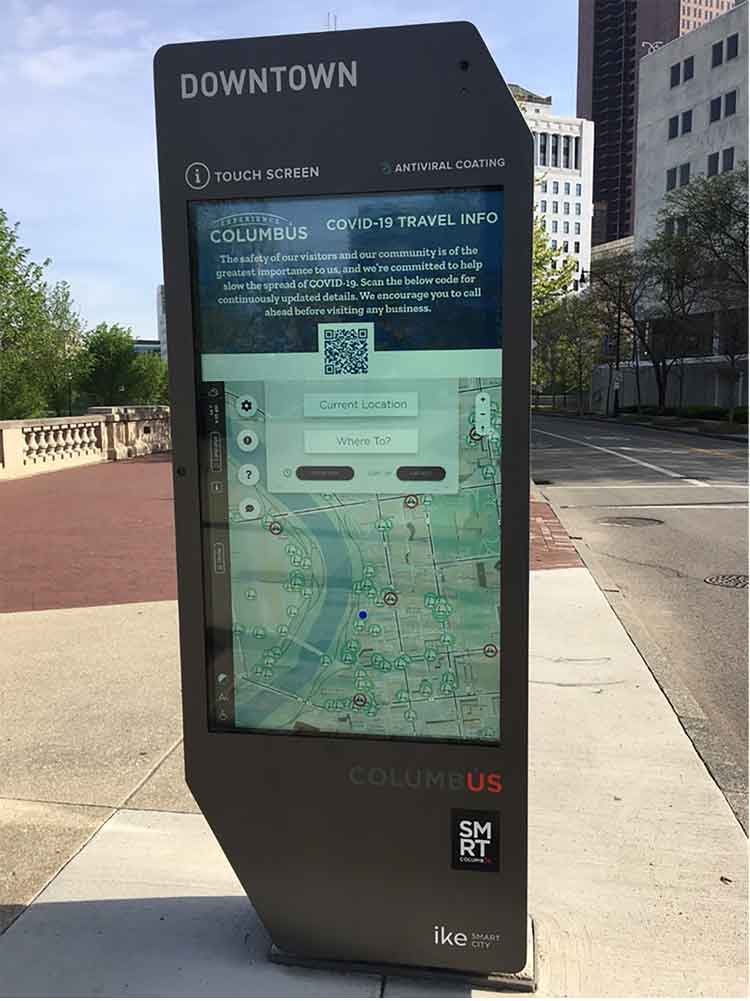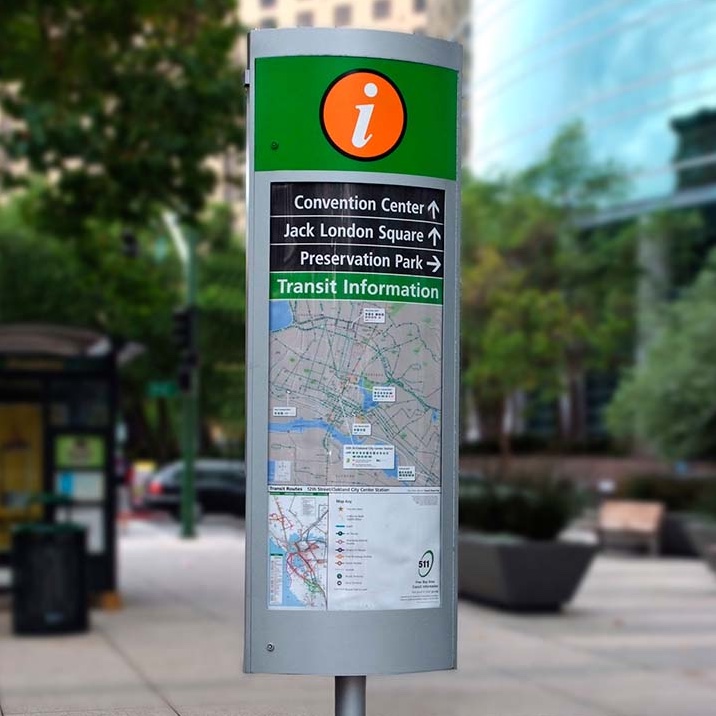About
Caltrans Bay Area (District 4) is planning how to improve transit on the State Transportation Network (STN). The STN is the network of state highways, including freeways and major arterials, and related facilities that Caltrans owns and operates. This plan – referred to as the Caltrans Bay Area Transit Plan – will be developed in coordination with transit agencies, regional partners and the public to identify infrastructure improvements that improve transit reliability, access to transit, and encourage more transit use – for a safer, healthier, and more sustainable transportation system in California. The Plan will also identify district-level best practices and strategies to support transit.
The Plan will include:
- Toolbox of best practices, common standards, and types of transit-supportive infrastructure to consider on the STN or at Caltrans facilities (building off the Complete Streets Elements Toolbox).
- Strategies and actions for Caltrans Bay Area to adopt to promote and streamline transit-supportive infrastructure, including “transit-access” and “transit-priority” improvements.
- Inventory of existing transit-supportive infrastructure on the STN.
- District-level goals, objectives, and performance measures for transit-supportive infrastructure, with an emphasis on equity.
- Prioritization methodology for transit-supportive infrastructure, with an emphasis on equity
- Prioritized list and map of transit-supportive infrastructure needs along the STN.
Public Draft Report
The public comment period for the review of the Caltrans Bay Area Transit Plan is now closed. We are working to document and address your comments. Please check back for more update on the FINAL Plan. If you would like to review what is included in the DRAFT plan, please use the viewer below. If you would like to review the appendices, please see section below document viewer.
Appendices
What are TRANSIT PRIORITY improvements?
Transit priority improvements facilitate faster, more reliable transit, increasing person throughput on state highways by making transit a more attractive and utilized travel option. Some of these elements may include:
- Dedicated transit lanes (bus-only lanes)
- Bus-on-shoulder
- Transit signal prioritization
- Managed lanes (High-Occupancy Vehicle lanes, express lanes, reversible lanes)
- Queue jump lanes
- Intersection treatments
What are TRANSIT ACCESS improvements?
Infrastructure treatments and/or projects that improve the transit experience and the ease of use for people walking, biking/scooting, accessing microtransit, ride-hailing/ride-sharing, or other travel modes, such as:
- Mobility hubs
- Accessibility improvements for people with disabilities and limited mobility
- Safety enhancements at intersections, such as improved crosswalks, leading pedestrian intervals (LPI), and crossing beacons
- Bicycle and micromobility parking facilities
- Pick-up and drop-off areas for microtransit, paratransit, and ride-hailing/ride-sharing
- Bus stop amenities, such as shelters, shade, seating, lighting, platforms, real-time next-bus arrival information screens, interactive kiosks, mobile phone charging stations, and emergency response buttons
- Wayfinding
Equity Statement
The California Department of Transportation (Caltrans) acknowledges that communities of color and under-served communities experienced fewer benefits and a greater share of negative impacts associated with our state’s transportation system. Further, for most Bay Area transit operators, the majority of transit users are people of color and/or low-income, and these communities are more dependent on transit. This Plan aspires to improve the transit experience in the Bay Area and provide safe and accessible paths to access transit service, in an effort to improve the lives of people of color and people living in under-served communities.
To read the full Caltrans Equity Statement, visit https://dot.ca.gov/about-caltrans/equity-statement
Events
Upcoming Events
Stakeholder Meeting
Date TBA
Focused listening session with transit agencies and partners to discuss key issues around regional transit access and connectivity.
Past events
Regional Stakeholder Meeting
January 16, 2024 at 2:00 pm – 3:00 pm
Technical Advisory Committee Meeting
October 25, 2023 at 2:00 pm – 3:00 pm
Timeline
- Technical Advisory Committee Support Meetings:
Fall 2023, Winter 2023-2024, Spring 2024, Summer 2024, Fall 2024 - Public Outreach and Stakeholder Engagement:
Fall 2023 to Winter 2025 - Literature Review and Transit Best Practices and Strategies:
Fall 2023 to Fall 2024 - Transit Inventory and Existing Conditions:
Fall 2023 to Spring 2024 - Goals, Objectives, and Performance Measures:
Fall 2023 to Summer 2024 - Identify and Prioritize Transit Infrastructure Improvements:
Winter 2023 to Summer 2024 - Transit Plan Final Report:
Spring 2024 to Winter 2025
Background and Resources
Caltrans Bay Area (District 4) coordinates various planning efforts to enhance transit services along the State Transportation Network (STN) in the Bay Area. The STN includes the network of multimodal roads and highways, managed HOV/HOT and transit lanes, park & ride lots, and bus stops that Caltrans owns and operates. Caltrans District 4 also administers state and federal transit grant funding in the Bay Area, facilitating and providing oversight to transit agencies for capital improvements including zero emission buses and rail infrastructure, and rural bus operations.
The following list includes several regional and statewide plans identifying priorities for Caltrans:
- California Transportation Plan 2050 (2021)
- California State Bicycle and Pedestrian Plan (2017)
- Caltrans Bay Area Bike Highway Study (2022)
- Caltrans District 4 Bike Plan (2018)
- Caltrans District 4 Pedestrian Plan (2021)
- California Transportation Equity Index (2022)
- CalSTA Climate Action Plan for Transportation Infrastructure (CAPTI) (2021)
- Caltrans VMT Mitigation Playbook (2022)
- Caltrans Complete Streets Toolbox 2.0 (2018)
- MTC Transit Transformation Action Plan (2021)
Partners
As part of the Plan, Caltrans is coordinating a Technical Advisory Committee that includes transit operators, county transportation agencies, regional partners, and transit policy experts. The plan will also engage key stakeholders with an interest in the Bay Area Transit Plan, including cities, transit agencies, transportation providers, transit advocacy groups, and environmental and climate justice organizations.
Contact Us
If you have any comments or questions – or simply want to stay in touch – about the project, use the form below.
